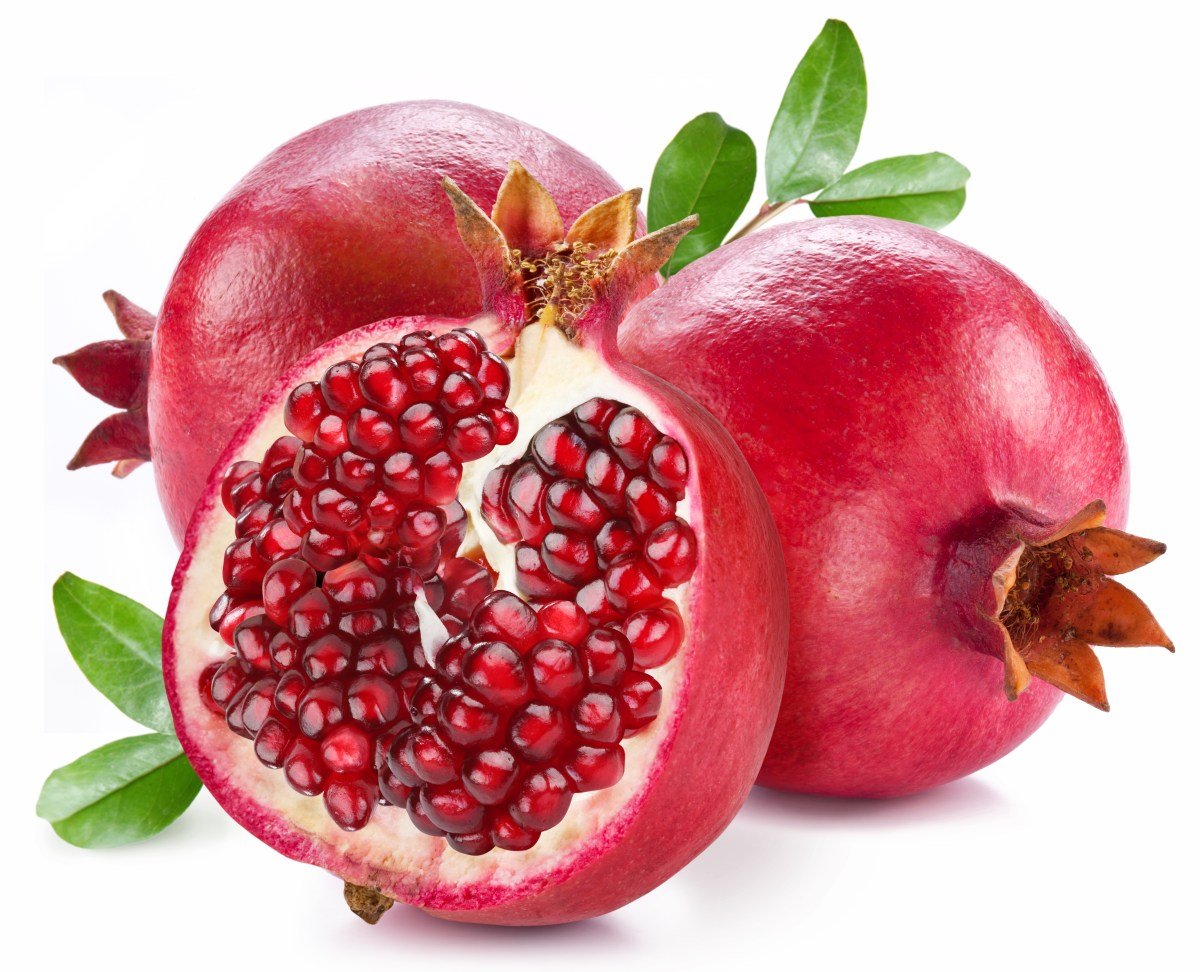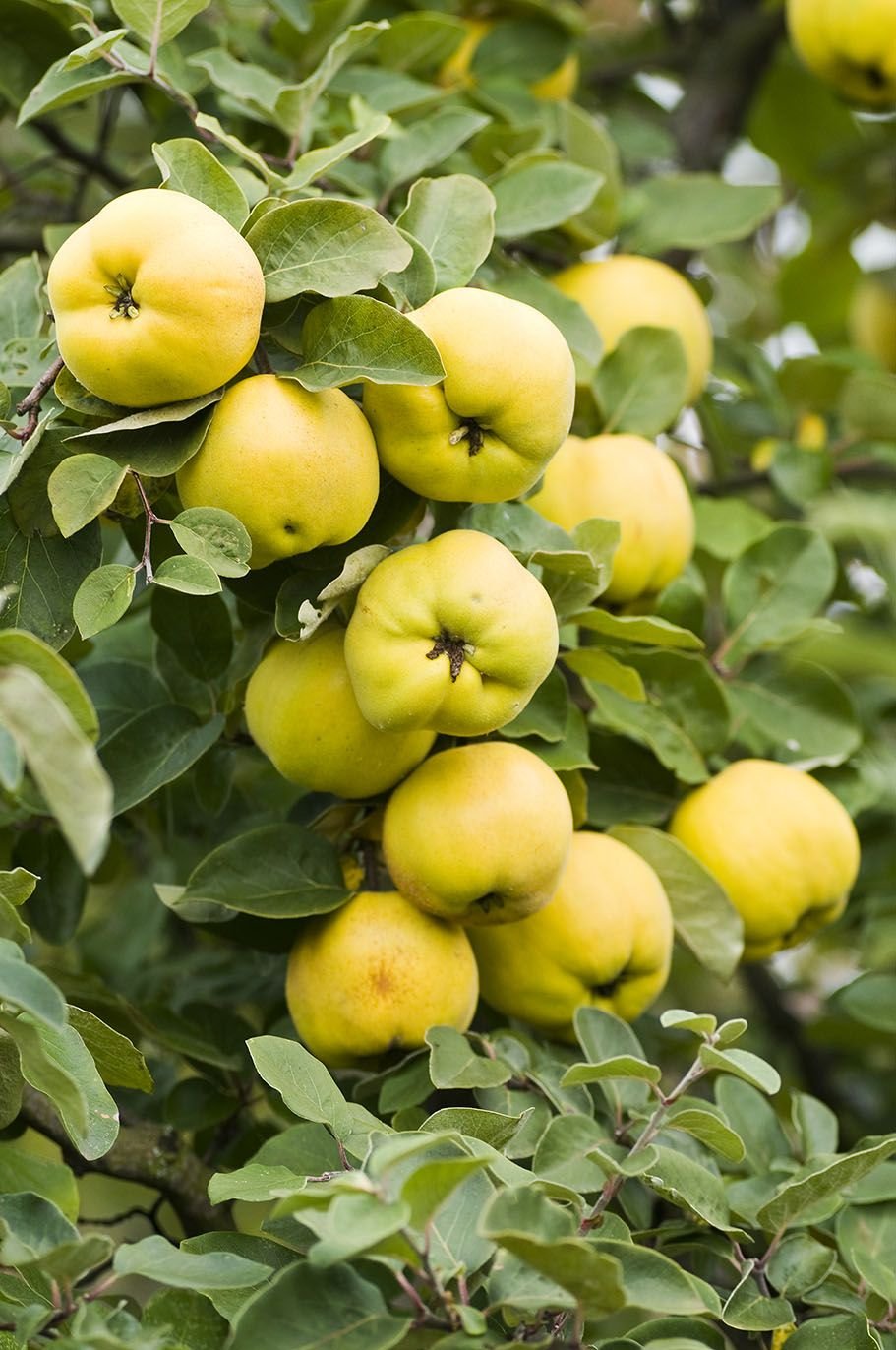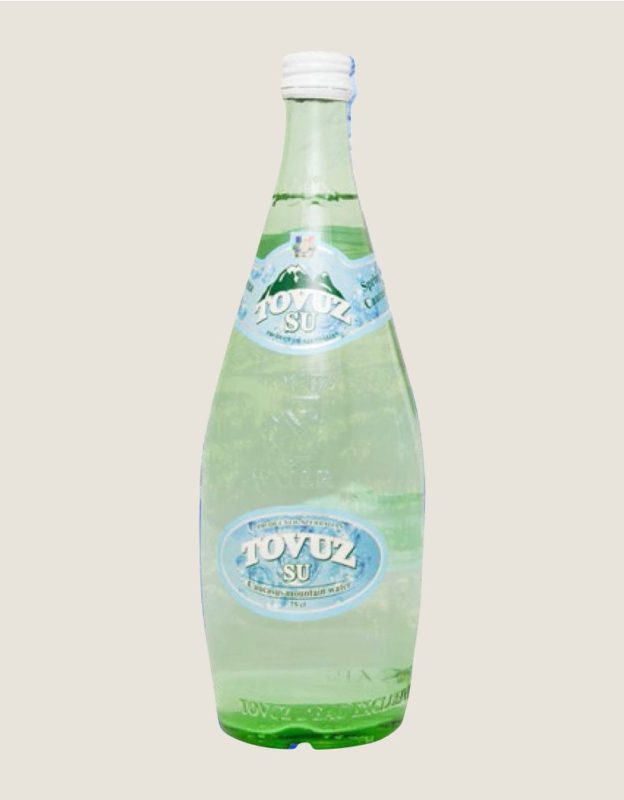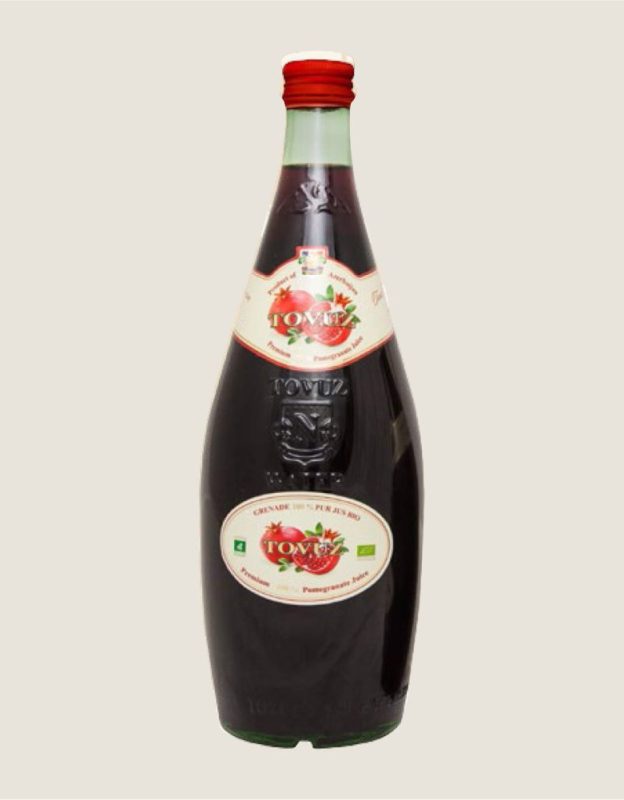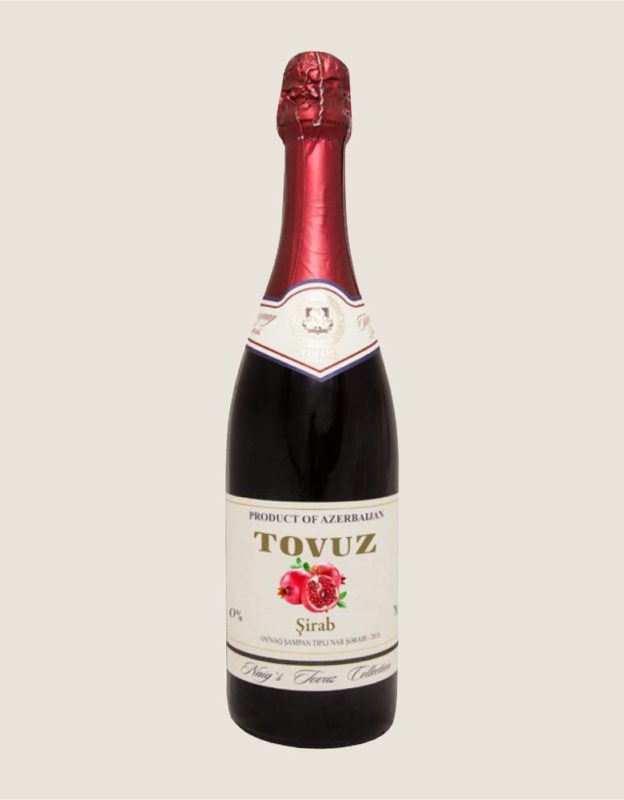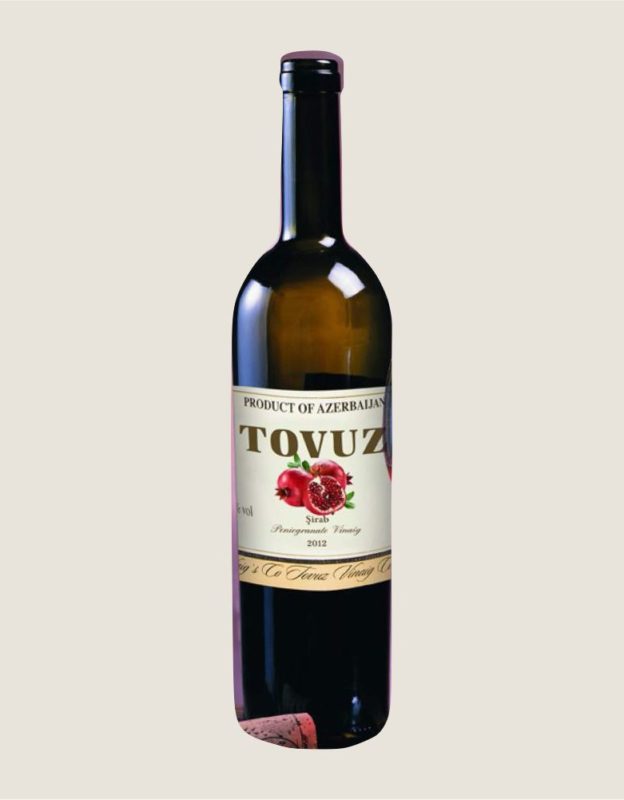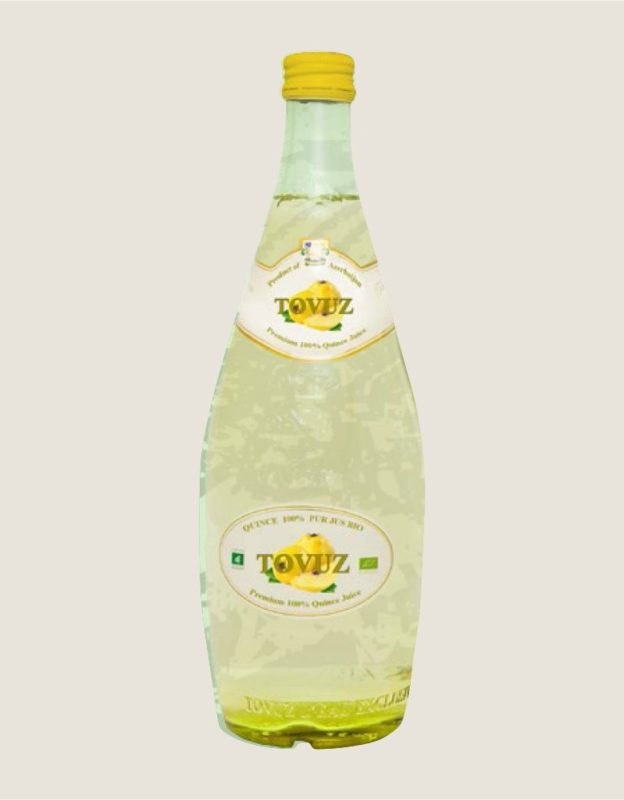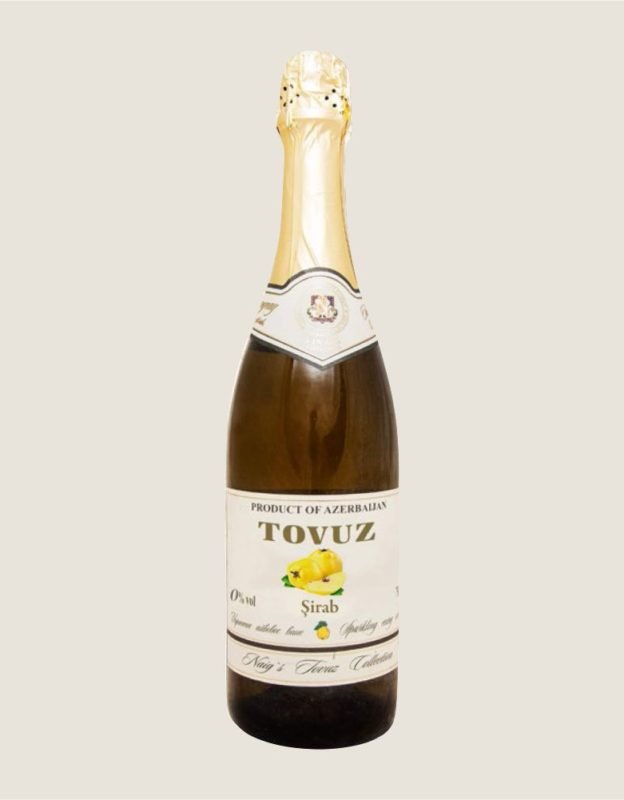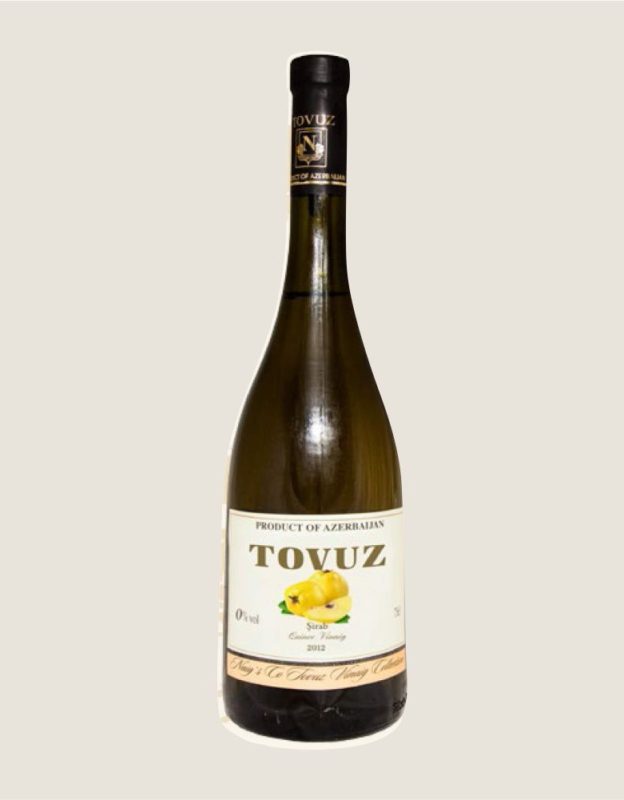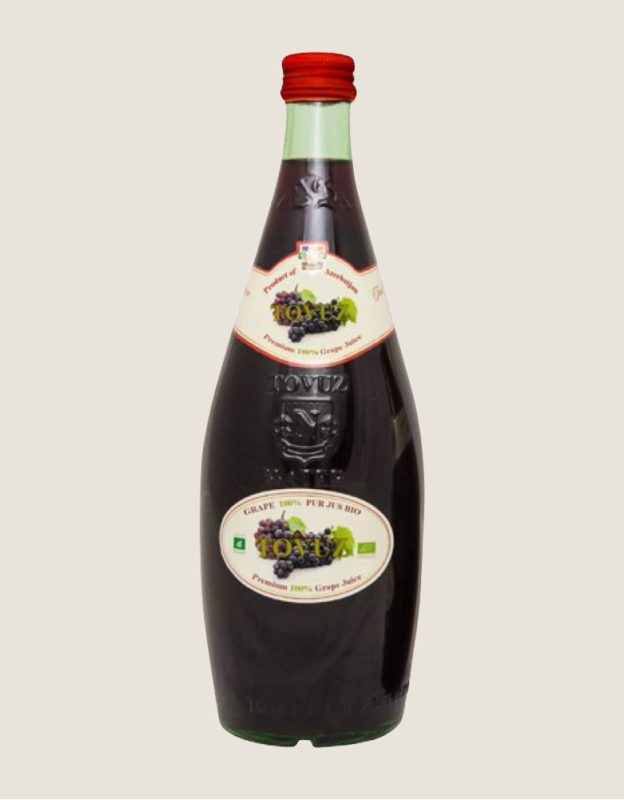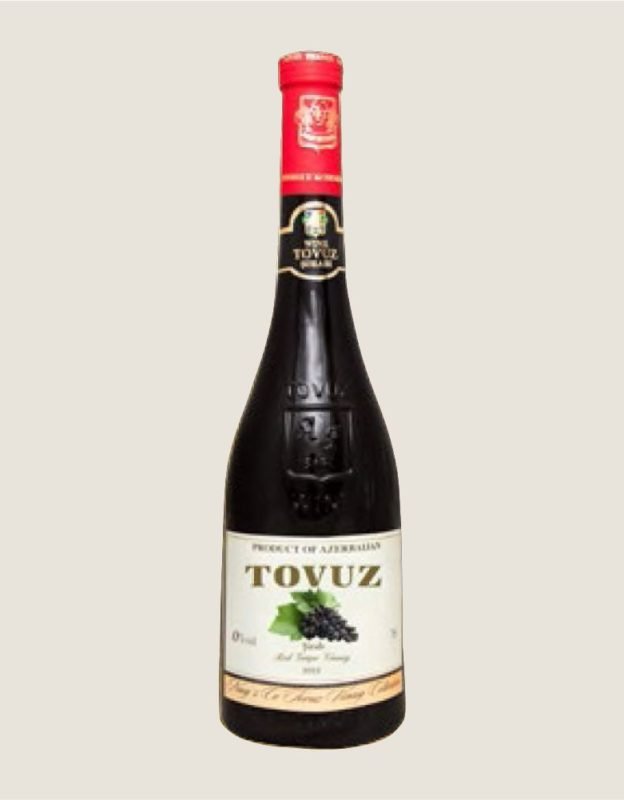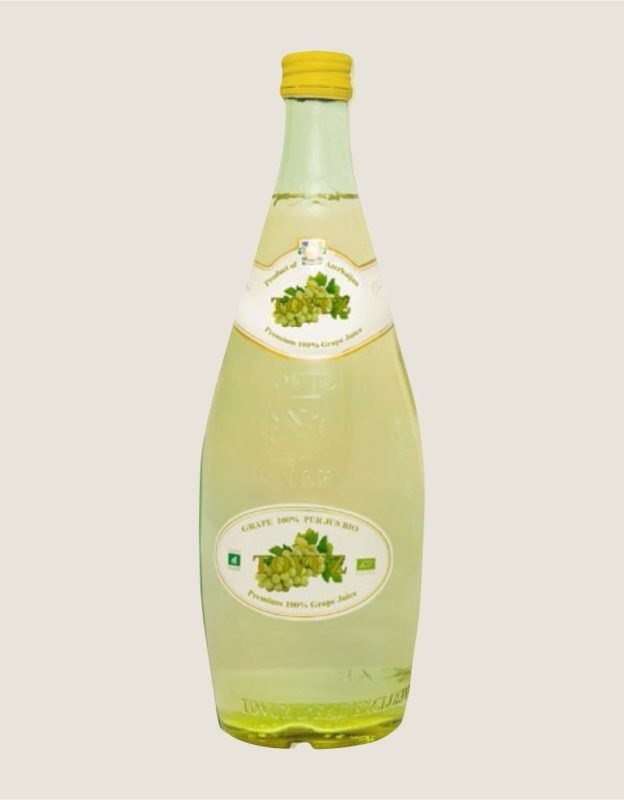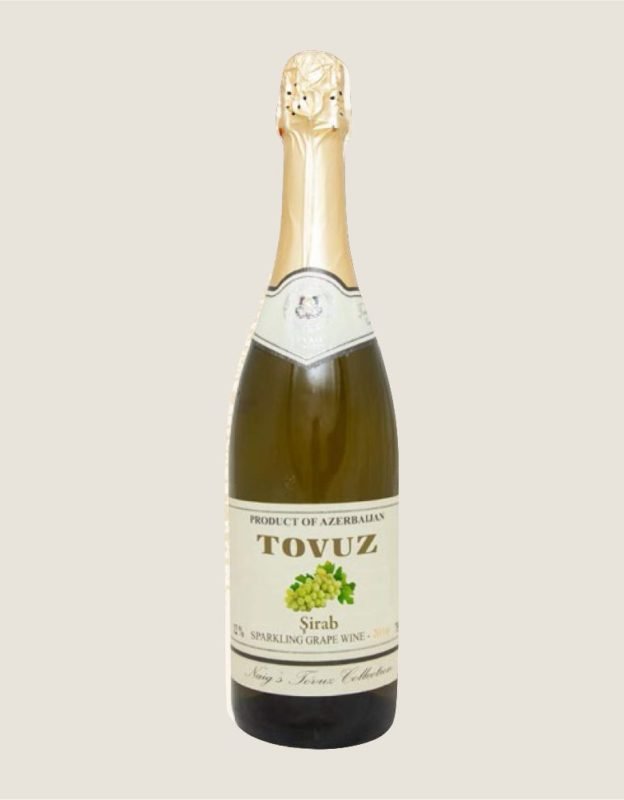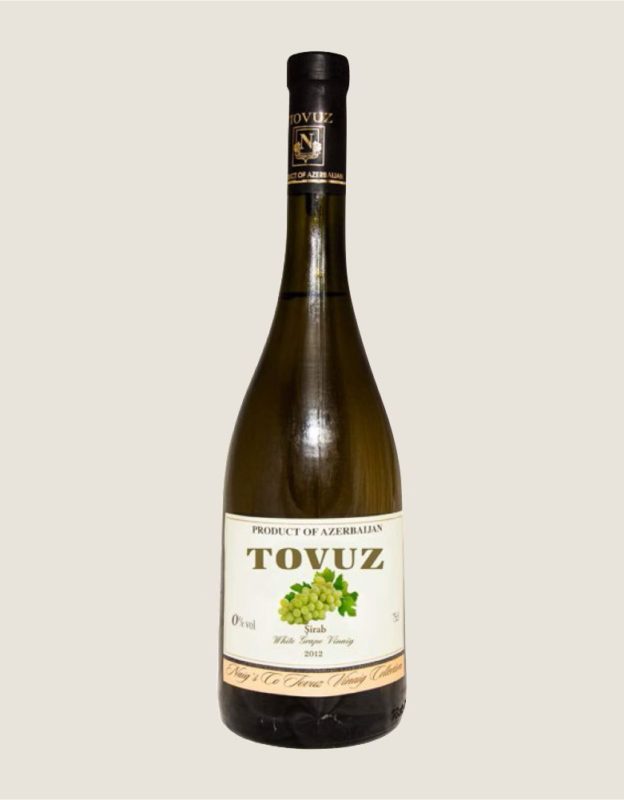Quince
Quince in Azerbaijan has been known since ancient times. Quince is cultivated in almost all regions of Azerbaijan.
At the present time the size of the quince in the Republic is more than 3700 hectares; fruit-bearing is 3280 hectares. 83.4 dt/ha is got from each hectare.
27.838 tons of quince gather was produced in 2013. Quince is one of the leaders in nutrient content. Needless to say, that the use of quince to human health is simply unprecedented. Quince contains glucose, fructose, pectin, malic acid and citric acid, and salts of potassium, iron, phosphorus, calcium. The quince has a great variety of vitamins - A, B, C, E, PP.
The benefit of quince has been proven at the treatment of anemia.
This fruit is known as a great febrifuge, so it is often recommended for temperature reduction at various diseases and inflammatory processes. As already mentioned, jam and marmalade of quince has a beneficial effect on the digestive process, in addition, quince is useful for stomach and liver. The surprising thing is that quince can stop the bleeding. For this it is recommended to drink a decoction of quince seeds or tea with sliced fruit.
Not only the fruit, but leaves of quince are used in folk medicine. In particular, the extract of the twigs and leaves of the plant is very useful and effective to reduce blood sugar levels and is useful for people suffering from diabetes. Quince juice is an effective antiseptic. It will be extremely useful for people suffering from asthma and respiratory diseases. In addition to antiseptic, quince has excellent astringent and diuretic effect. Therefore, the fruit of the quince will be indispensable at cystitis.
In general we can say that the use of quince relieves mental stress, helps to fight overexertion and stress, raises mood and returns buoyancy.
